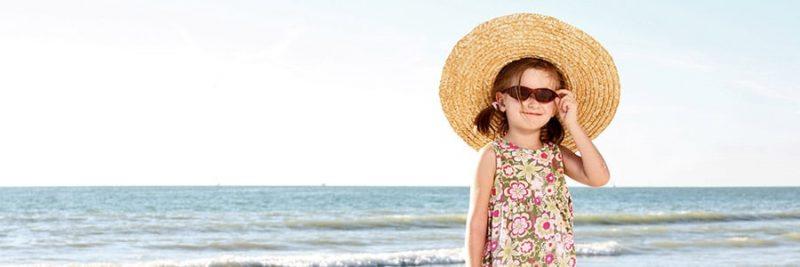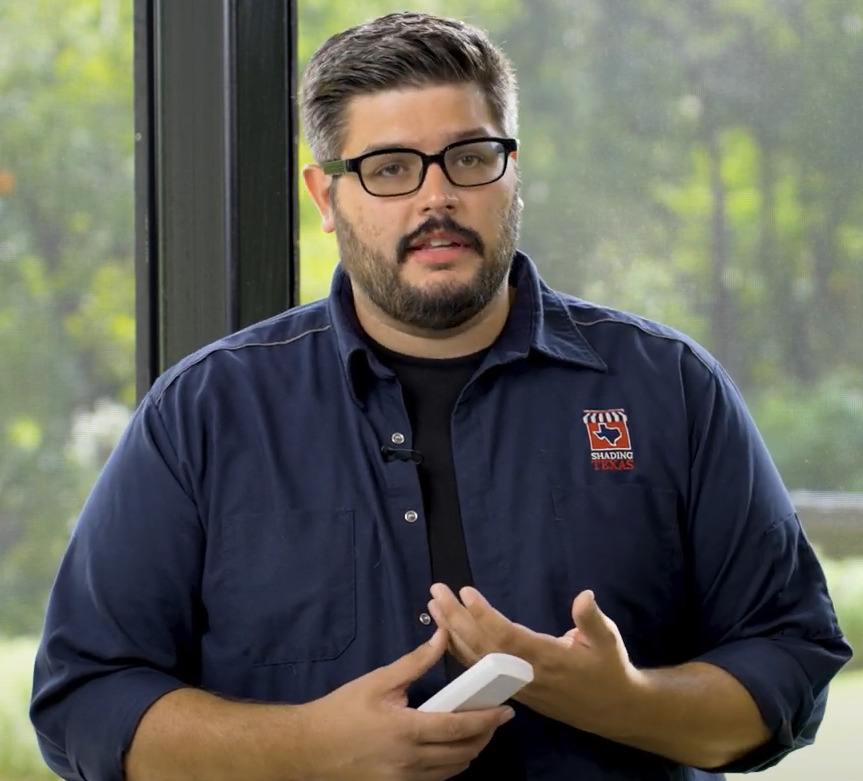
Fun-filled days at the beach, pool, or park are what summer’s all about for little ones. To help ensure your kids come home burn-free, put as much effort into sun safety as you do into their activities.
1. Arrange Play Schedules Before 10 a.m. and After 4 p.m
The sun reaches peak strength between 10 o’clock and 4 o’clock, even on overcast days. You can reduce your children’s exposure to harmful UV rays by up to 60-percent when you limit their outdoor playtime to off-peak hours.
Your kids can’t hide in the shade, either. Whether under a tree, patio cover, or parasol, reflected sunlight can find its way to exposed skin.
2. Dress for Protection
If you must let the little ones out during peak hours, wrap them in protective clothing, one of the most effective methods for blocking UV rays. In addition to a quality sun hat and sunglasses, dark-colored, tight-knit clothing provides the best UV protection, but it isn’t your only option.
Sun-protective clothing with built-in Ultraviolet Protection (UVP) provides sun safety through either chemical pretreatment or the material itself if made from titanium dioxide fibers. You can find sun-protective clothing rated from 30 to 50 UVP.
To apply UVP protection to your children’s existing clothing, consider a laundry additive. Laundry additives containing the sunscreen Tinosorb FD provide clothes with 30 UVP that lasts for up to 20 washings.
Don’t rely on clothing alone, though. A quality sunscreen applied about 30 minutes before going out protects your little ones more effectively than treated clothing.
3. Apply Sunscreen Effectively
Apply sunscreen every two hours — or more frequently if your child gets wet. Sunscreens that contain titanium dioxide or zinc oxide provide the safest protection, as the skin doesn’t absorb them. If your children are old enough to apply sunscreen themselves, tell them to remember to cover the BEENS — Back of knees, Ears, Eye area, Neck, and Scalp.
4. Mind the Medication
Photosensitive medications, such as antihistamines, antibiotics, and acne treatments increase sun sensitivity by inducing a buildup of damaging compounds in the skin when they break down. Consult your pharmacist, and read the warnings that accompany any medication your child is taking before going out.
5. Set a Good Example
Don’t underestimate the importance of setting a good example when it comes to sun safety, and encourage every family member to do so, as well. When the little ones observe the big people protecting themselves from the sun, they will follow suit.
Want to keep your kids out of the sun? Talk to the shading experts at Shading Texas to set you up with a retractable awning, sun shade, and more to keep them away from the sun.

Matt Pierce has been working in the solar shade industry for over 15 years, providing sun protection in the extremes of Alaska and Texas. His dedicated team at Shading Texas will get your the sun solutions you need to enjoy your patios and homes for years to come by blocking out bugs, sun, wind, and rain!
